Second Garage as an Independent Facility for Emissions Testing Is Another Significant Achievement for the Aftermarket
By Michael Imlay
SEMA Garage Detroit has received confirmation from the California Air Resources Board (CARB) that the new location is properly equipped for automotive exhaust emissions testing. A significant achievement for SEMA members, that confirmation was recently made official in a CARB-issued letter naming the Detroit Garage a Recognized Independent Emissions Lab, making it a qualified location for emissions compliance testing.
Located in Plymouth, Michigan, just outside Detroit, the facilities are part of a wider SEMA Garage program that includes the original location in Diamond Bar, California, whose emissions compliance program dates to 2015. Beyond emissions testing, both facilities offer a broad range of product-development services to association members, which can be accessed by visiting semagarage.com.
“We’re excited to receive this recognition from CARB,” said SEMA Vice President of Garage and OEM Relations Mike Mohacsi. “Now both of our Garages in Detroit and Diamond Bar are fully recognized by CARB, enabling us to serve more of our member companies throughout the country.”
The qualification broadens SEMA’s ability to serve its membership with certification-level automotive exhaust emissions testing to help design and manufacture products for legal sale in all 50 states. Testing plays a vital role in the CARB Executive Order (EO) process, particularly for products that may impact vehicle emissions. As of this announcement, there are now 24 CARB-recognized independent vehicle emissions testing labs in the United States, with just 14 of them (including SEMA’s two Garages) being equipped to serve the automotive aftermarket with light-duty tailpipe emissions testing.
However, among the latter 14 testing labs, SEMA’s two facilities are even more unique, says Ben Kaminsky, general manager of SEMA Garage Detroit and both locations’ emissions labs: “The emissions testing facilities at the SEMA Garage in Detroit and Diamond Bar focus on developing and certifying aftermarket components. We are the only two recognized labs in the country that expressly specialize in assisting aftermarket manufacturers.”
Kaminsky also emphasized the deep understanding of the regulatory process that the SEMA Garage staff brings to its work. Because staff members maintain relationships with CARB and the U.S. Environmental Protection Agency (EPA) while keeping up-to-date on regulations surrounding the Federal Clean Air Act and California Vehicle Code, they have special expertise in navigating those agencies’ changing and, at times, complex regulatory standards. This support enables manufacturers to efficiently test, develop, certify and bring their products to market more quickly and confidently.
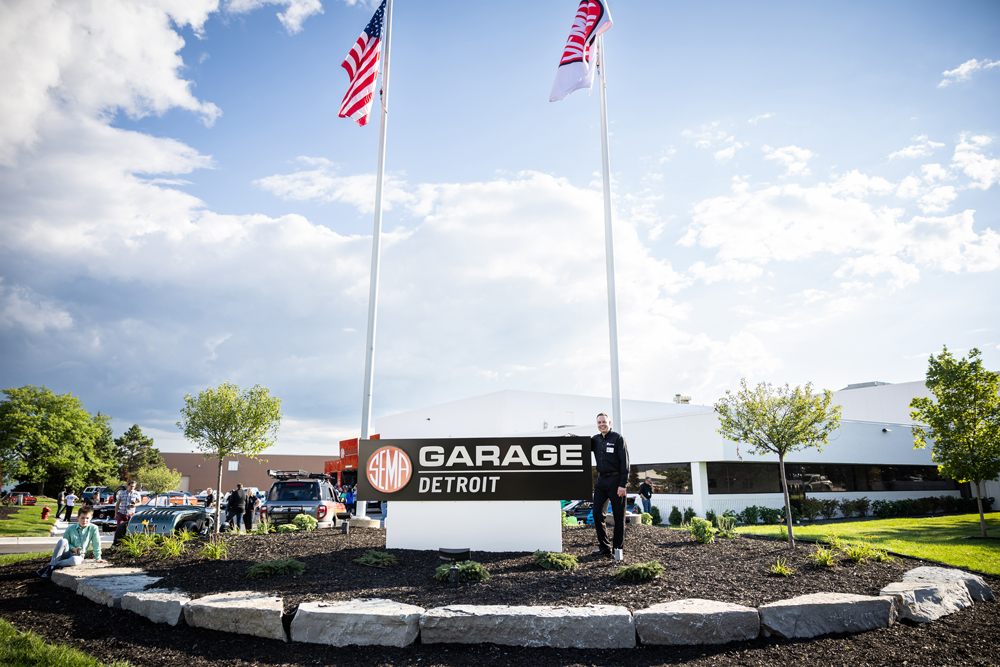
“Our Diamond Bar Garage has done this testing work successfully for about a decade, and now the Detroit Garage expands our program’s capabilities,” Kaminsky explains. “But the real magic in the program’s sauce is the compliance element. The reason I say that is you can go to any of the 14 labs in the United States and get the testing done that you request, but the others will only do the exact tests you ask for. They don’t provide the guidance that we can provide. They mainly test for the OEMs, which deal with a completely different department of CARB in a completely different way.”
Why It Matters
Emissions compliance is a legal requirement. Under both California and federal laws, it is illegal for a company to sell performance products for street vehicles that can impact emissions. In fact, these laws extend to virtually every performance and engine product. Generally, any product that affects airflow into or out of the engine, impacts the containment or delivery of fuel, or affects the functionality of an emissions control system or device, must demonstrate emissions compliance to be considered legal for street use. This includes, but is not limited to, intake systems, exhaust components, tuning products, intercoolers, turbos and superchargers.
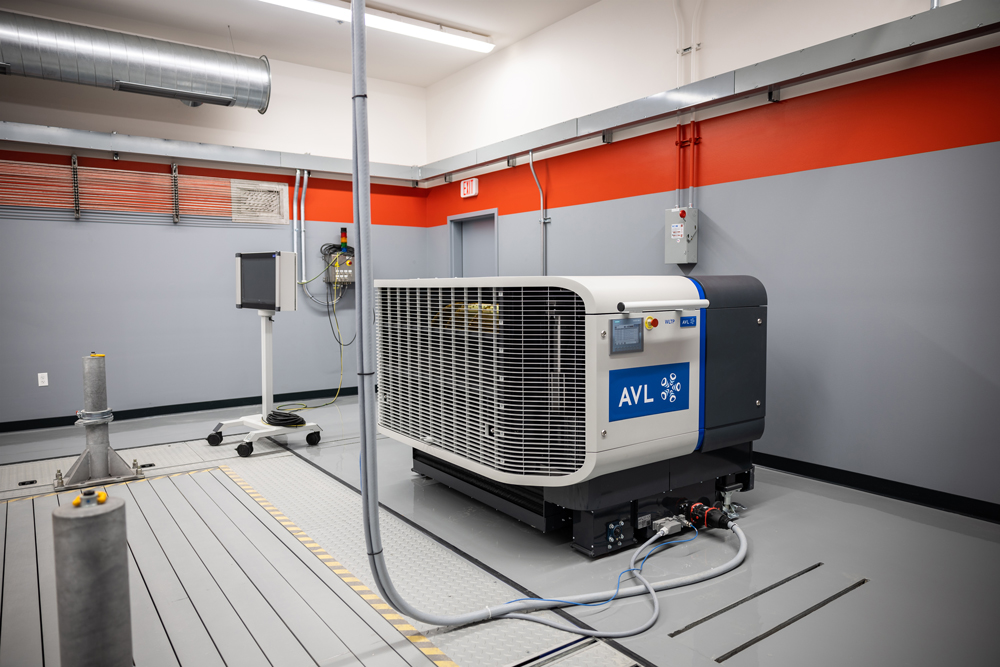
Unfortunately, within the aftermarket there has been a common misconception that as long as a product isn’t sold in California, it can be assumed to be “49-state legal.” Quite the contrary, the federal Clean Air Act prevents the modification of vehicles with products that impact emissions unless the product has demonstrated a “reasonable basis” for claiming emissions compliance.
For years, the surest way to demonstrate compliance with California and federal laws was to undertake CARB-specified testing for a product through an approved emissions lab. A product that passed that testing could then receive a CARB EO, basically approving it for sale and use in California. The EPA has traditionally recognized a CARB EO as reasonable-basis demonstration that a product meets federal laws as well.
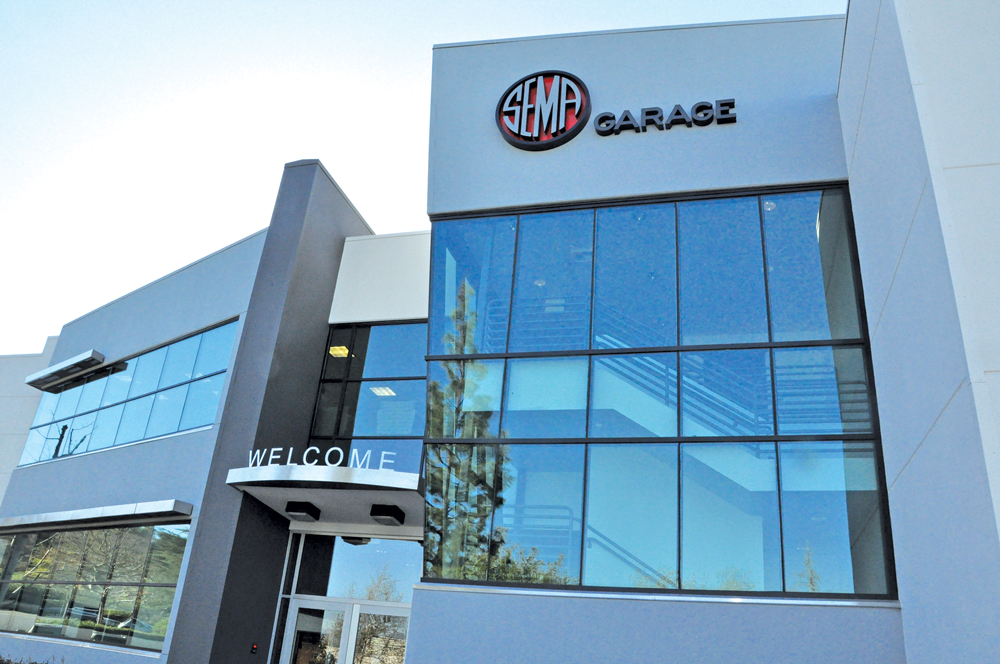
But for those unfamiliar with the process, obtaining a CARB EO can be lengthy, costly and confusing—a major reason why SEMA launched its emissions compliance program in the first place. The SEMA Garage team is a dedicated, full-time staff that can shepherd members through all the various CARB EO application and testing requirements, offering communication support with CARB every step of the way, emphasized Kaminsky.
“As a non-profit organization, we have very competitive rates for testing,” he said. “But more than that, our compliance department works hand in glove with our Detroit and Diamond Bar labs to make sure we’re doing the correct testing for each and every product.”
“For example, if CARB presents us with a letter of prescribed tests that we don’t think are correct or applicable, we’ll work with them to fix that. Maybe the product doesn’t need any testing at all, or maybe it needs a reduced set of tests, or a different set of tests altogether. These are the sorts of conversations we’re having—we go to the nth degree to
make sure we’re providing the right services for our industry.”
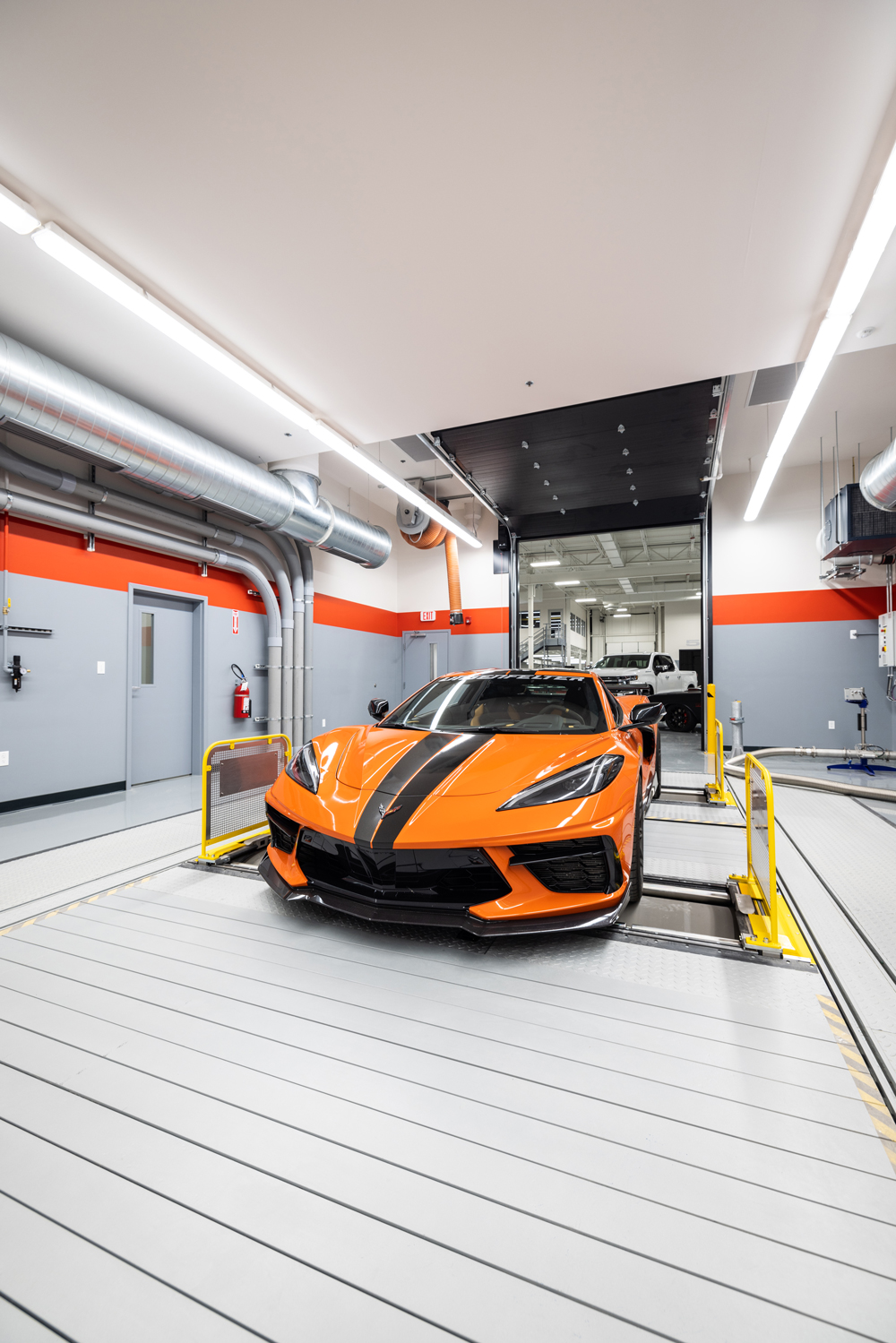
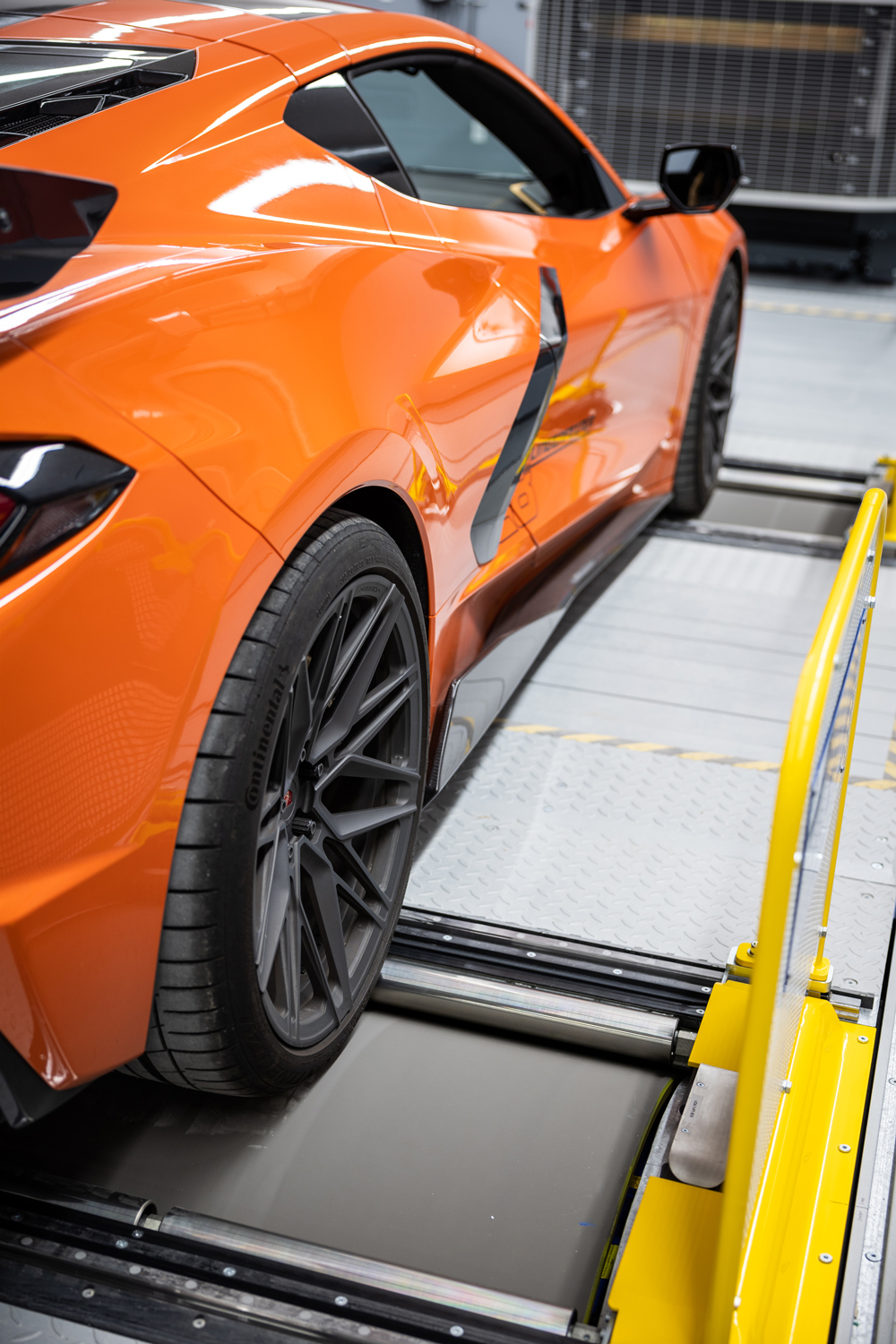
In addition, the SEMA Garage has recently created a second, EPA-approved program known as SEMA Certified—Emissions, which satisfies the EPA’s “reasonable basis” criteria apart from a CARB EO. This makes a “SEMA Certified” product legal for sale in 49 states. The program is unique to SEMA.
“There may be circumstances where pursuing a CARB EO isn’t the best path for a company or a given product,” explained Peter Treydte, SEMA director of emissions compliance. “Since the EPA does not offer a program like CARB to demonstrate compliance, we’ve stepped into that gap. Our program meets the requirements of the EPA’s tampering policy. Following this path, a company receives documentation that’s very similar to a CARB EO that meets the EPA’s Tampering Policy requirements for 49-state legality.” One of the main advantages of the SEMA Certified—Emissions program is that a certified brand can begin selling into states other than California while it awaits a CARB EO, which can sometimes take longer to achieve. Plus, because much or all of the testing involved is similar to CARB requirements, a company can get a jump on the EO process as well.
Enforcement Actions
There was good reason to create such a program. Several years back the EPA stepped up clean-air enforcement actions, putting the performance aftermarket in its crosshairs. Businesses unable to show compliance risked devastating fines that could shutter their operations.
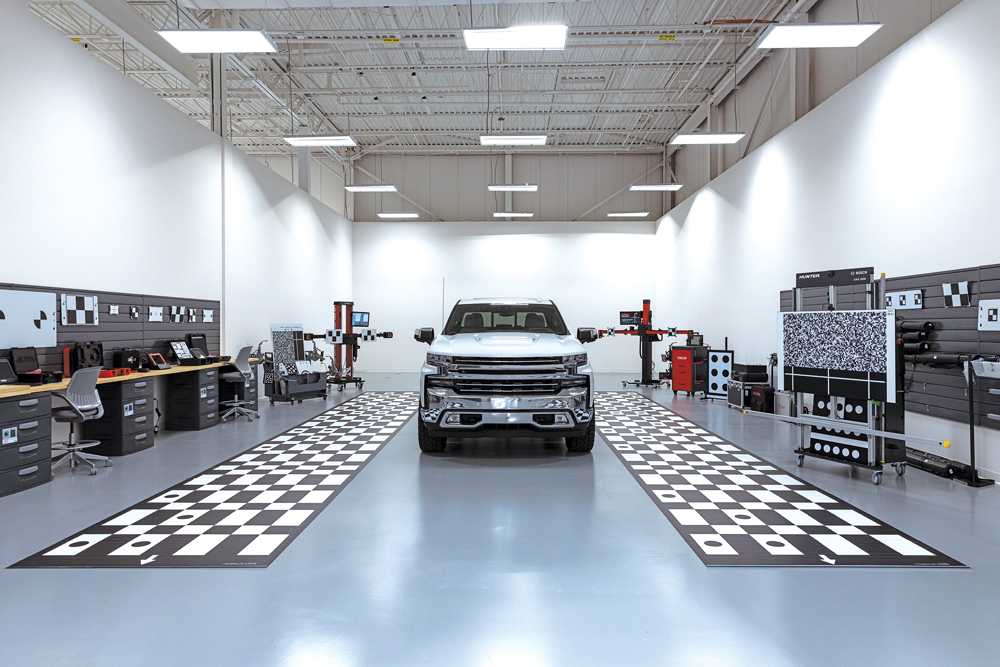
“The EPA maintains a compliance initiatives list in which they identify priority industries where they plan to focus their energies,” Treydte explained. “Five to seven years ago, our industry was specifically identified as a target for their compliance initiatives. That’s not the sort of attention you’d want, although I think it’s important to note that SEMA has always stressed and encouraged compliance.”
“SEMA’s Government Affairs office, myself and others on our compliance team put a lot of effort into developing the SEMA Certified—Emissions program and expanding our SEMA Garage services to meet the needs of members facing that kind of enforcement. And it has really helped. The EPA recently recognized SEMA’s leadership in this, and our industry’s efforts to be compliant, and has since removed our industry from their compliance initiative list.”
“SEMA has said we’re going to continue helping our industry, and we’re putting our money where our mouth is,” added Kaminsky. “We had the Diamond Bar Garage, and then we went and minted another one, spending multiple millions of dollars on the latest and greatest emissions equipment. Whether you’re on the East Coast, the West Coast, or anywhere in between, we want to make sure that your time to market is optimal.”
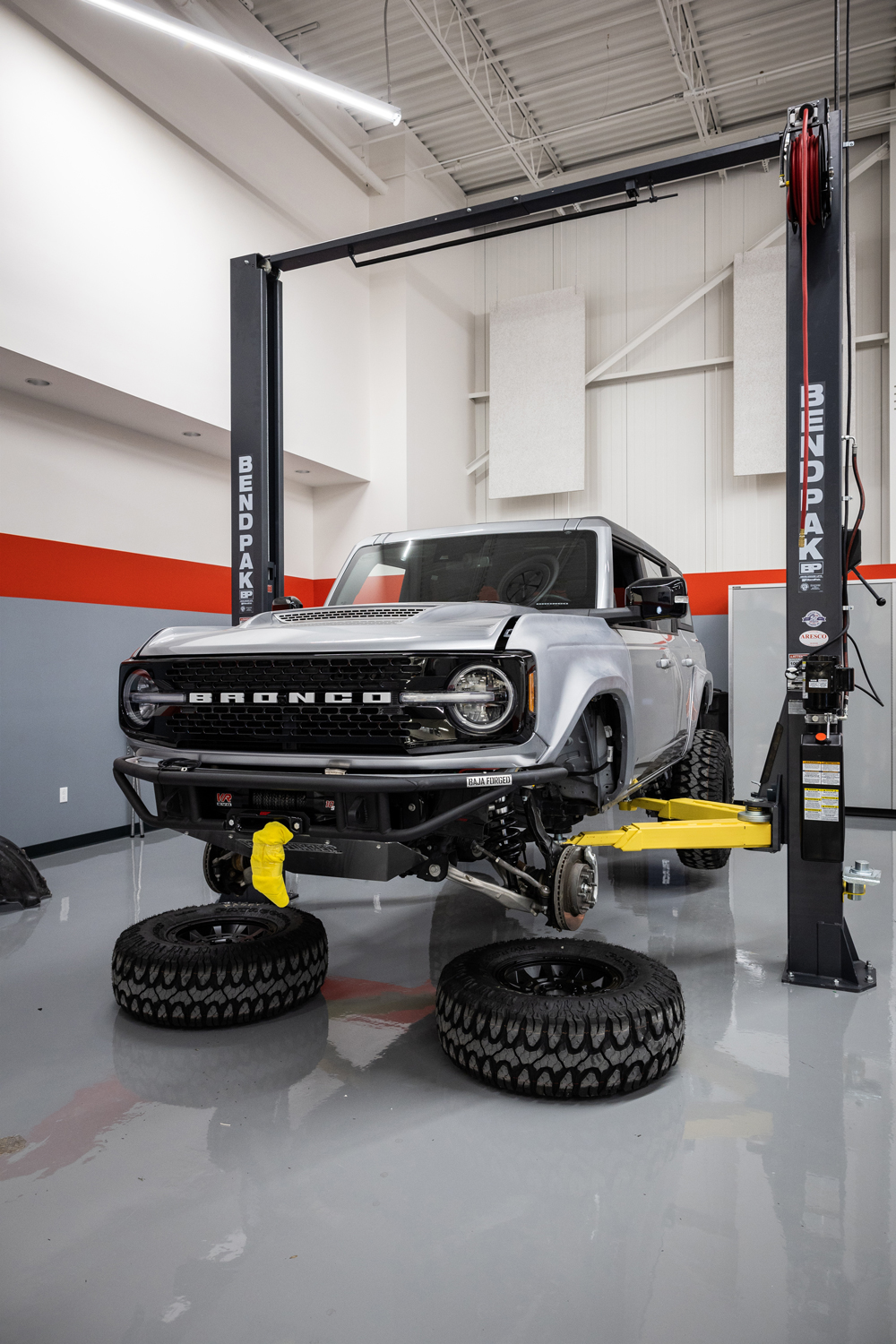
“AVL, a main supplier of our testing systems, is a SEMA member just around the corner from us in Detroit. We use their latest, state-of-the art, OE-level equipment. In fact, some of the OEMs perform tests in our Garage. So our members have access to the same or similar equipment used by them.”
Most importantly, Kaminsky said, the two Garages demonstrate that SEMA and the industry are acting responsibly. “We’re being good stewards of the environment, and we intend to continue that. I think the message is clear that SEMA’s Board of Directors and leadership are committed to helping our industry continue doing what they do. Our team and our staff in D.C. have sent that message loud and clear to Washington, the EPA and CARB, and we mean
what we say and are acting as good citizens,”
he emphasized.
In fact, CARB’s recognition of the Detroit Garage coincides with a noteworthy milestone: To date, SEMA has secured more than 700 CARB EOs for its members, underscoring its pivotal role in facilitating emissions compliance and regulatory approval for aftermarket products.
Building for the Future
But the Detroit Garage is about far more than emissions work. Since its opening in 2022, the location has also featured an Advanced Driver Assistance Systems (ADAS) Research Center, OEM measuring sessions, scanning services, advanced tools and equipment for product development and much more.
Plus, SEMA Garage services continue to grow. The Detroit location also houses a chassis dyno capable of range testing for battery electric vehicles (BEVs), and will soon add compliance testing equipment for motorcycle products as well.
“We’re also in communication with CARB on other compliance topics that would help our members,” said Treydte. “For example, cold-air or performance air intake systems are a popular product in our industry. Many of those products can be impacted by the hydrocarbon traps that OEMs have started to install in their intake systems.”
Such hydrocarbon traps constitute emissions devices, so aftermarket manufacturers making products for vehicles equipped with the traps are facing an emerging challenge. They either must accommodate the existing trap or provide an appropriate replacement.
“Any time that there’s the potential of removing and replacing an emissions device, CARB and the EPA are going to highly scrutinize that. I’ve spent nine years of my time at SEMA trying to forge a path forward for our members to do this, and within the last three months we have reached a point where CARB has accepted the alternative testing method that we have proposed. They actually issued an EO to one of our members who utilized the process and designed their intake system with an aftermarket hydrocarbon trap. That’s a huge breakthrough.”
And SEMA intends to help the aftermarket remain on the leading edge of these and other emerging technologies. “Building on our experiences with clean-air standards and how they impacted the industry, we want be ready for the next frontier—whatever it may be. We want to look out for
our membership’s future,” concluded Kaminsky.
SEMA Garage Services: More Than Emissions Testing
Each year SEMA members introduce thousands of new cutting-edge products and accessories designed to add enjoyment to their customers’ vehicle ownership. While some have universal fitments, many have model-specific applications that require significantly more research and development. The SEMA Garages give SEMA-member businesses access to special high-tech tools and equipment and the knowledge they need to get products off the drawing board and into their customer hands. The list includes:
• Tech Transfer: OEM-provided CAD files to minimize or eliminate the necessity for reverse engineering.
• Measuring Sessions: Timely measuring sessions provide hands-on access to new vehicles for designing and developing prototypes, including global vehicles popularly customized abroad but not sold in the United States (CAD files available).
• Electrification: Assistance with EV-related product and business development.
• Custom Scanning Services: Offering state-of-the-art FaroArm/CMM scanning systems. (Requires SEMA membership.)
• Vehicle ADAS: Advanced driver assistance systems (ADAS) are active and passive “safety performance” technologies developed to assist drivers and automate vehicle systems. SEMA continues to research how these technologies impact vehicle modifications and other automotive dynamics and shares this research with the industry.
• Rapid Prototyping/3D Printing: Rapid prototyping using cutting-edge technology to create a physical model of your product.
• Training Centers: Both Garage locations include meeting spaces where member companies can host industry-related conferences, product reveals or full training sessions for their new products.
• Installation Centers: Both Garages are equipped with centers for test-fitting product prototypes or installing components on a project vehicle.





